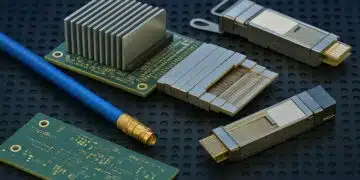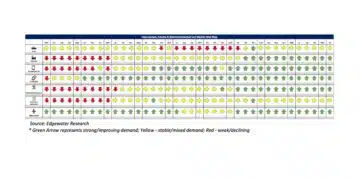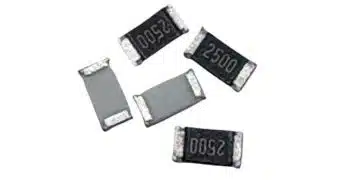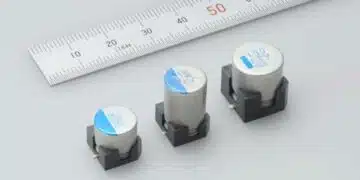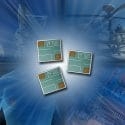source: AVX news
Designed to deliver ultra-stable, high-reliability performance in a range of applications, including: hybrid, medical, test & measurement, & military/defense, the new WBR Series top-contact resistors are rated for up to 250mW DC power & offer resistive values spanning 1Ω to 4MΩ, in addition to several other customization options.
FOUNTAIN INN, S.C. (May 24, 2017) – AVX Corporation, a leading manufacturer and supplier of passive components and interconnect solutions, has released the new WBR Series thin film wire bond resistors. Diced to small 0202 (0.02” x 0.02”) chip outlines with extremely tight dimensional tolerances (±0.003”), WBR Series top-contact, bottom-isolated resistors are ruggedly constructed, rated for up to 250mW DC power, and deliver ultra-stable, high-reliability performance in low profile packages. The series also offers customizable resistive values spanning 1Ω to 4MΩ with chip markings to match, in addition to film, substrate, termination materials, TCR values, and resistive tolerances. Designed for use in applications that require stable thermocompression, epoxy, or ultrasonic bonding attachment, WBR Series resistors are ideal for use in: hybrid circuits, medical implantable devices, multichip modules (MCM), test and measurement instrumentation, high-reliability microelectronics, and military and defense applications, amongst others. The series is tested to MIL-STD-202 MTD 106, 107, and 108, as well as MIL-PRF 55342.
“Our new WBR Series wire bond resistors are available in a wide range of resistive values and with several other material and performance customization options to provide ultra-stable, high-reliability solutions capable of meeting a variety of exact application specifications across a range of markets,” said Larry Eisenberger, principal technical marketing engineer, AVX. “The chips also come with unique value markings for easy identification.”
Standard design and material options for WBR Series wire bond resistors include: 0202 chips with silicon or glass substrate material, silicon chrome (SiCr) or tantalum nitride (TaN) film, and bondable gold or aluminum terminations. Standard performance options include resistive values spanning 1Ω to 4MΩ, four TCR values: ± 25, ±50, ±100, and ±150ppm/°C, and four tolerance values: 5%, 1%, 0.5%, and 0.1%. However, all of these standard offerings may be customized to suit individual application requirements.
Operating temperatures for the series span -55°C to +125°C, rated voltage is 125VDC (max.), and parts are shipped in waffle pack. Lead-time for the series is currently eight weeks.



